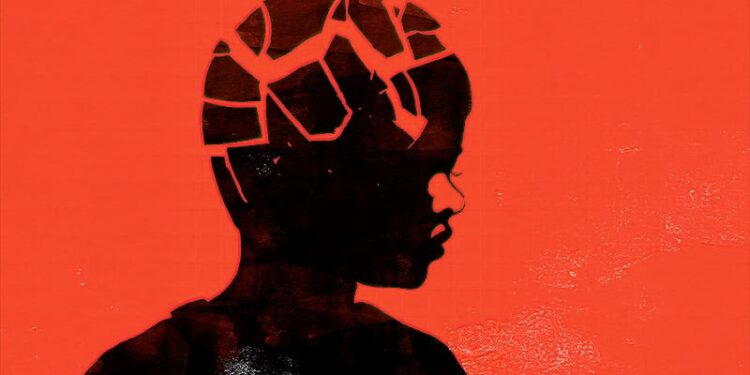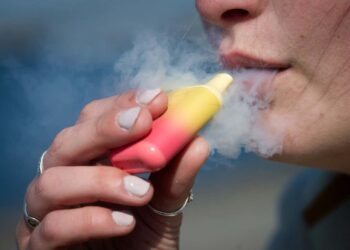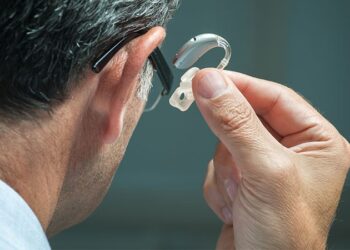The Child and Youth Maltreatment Section of the Canadian Paediatric Society (CPS) has released a new Practice Point for the assessment of children with suspected traumatic head injury related to child maltreatment (THI-CM).
This type of injury “is not rare and frequently results in significant morbidity for the child and family,” the CPS told Medscape Medical News in email correspondence.
“Healthcare providers have important roles to play,” according to the new guidance. These include “identifying and treating these children, reporting concerns of child maltreatment to child welfare authorities, assessing for associated injuries and medical conditions, supporting children and their families, and communicating medical information clearly to families and other medical, child welfare, and legal professionals.”
The Practice Point was published online in Paediatrics & Child Health.
‘Red Flags’
Although no single injury is pathognomonic for CM, there are several “red flags” that should prompt a healthcare provider to consider THI-CM, the CPS said. “These include elements of the history, clinical presentation, and radiographic findings.”
Red flags in the history include:
- No history of a traumatic event
- Reported mechanism of injury that is incompatible with the injury
- Injury event incompatible with the child’s development
- Unexplained or unreasonable delay in presenting for medical care
- Repeated unexplained symptoms suggestive of head injury
Red flags in the clinical presentation include:
- Head injury with apnea
- Intracranial injury and seizures
- Intracranial injury and retinal hemorrhages
Red flags in the radiographic findings include:
- Subdural hemorrhages (intracranial, spinal)
- Cerebral ischemia, often multifocal
- Cerebral edema
- Rib fractures
- Classic metaphyseal fractures (corner or “bucket handle” fractures in infants)
- Absent or incompatible history of trauma and:
- Skull fracture with intracranial injury
- Long bone fracture(s) with intracranial injury
CPS also noted that the term THI-CM “was chosen through an iterative process to reflect the current language (traumatic head injury) used by health professionals, separated from the opinion on the cause of the injury (level of concern for child maltreatment).”
The terms “shaken baby syndrome,” “abusive head trauma,” “non-accidental head injury,” and “inflicted traumatic brain injury” are no longer recommended for use in Canada, they added.
What to Do When Abuse Is Suspected
If clinicians are concerned that CM may have occurred, they should approach the case with an open mind, be aware of possible bias, and have compassion for the child and family, according to the Practice Point. Other recommendations include:
- The patient’s medical needs should be managed first, but medicolegal steps should also be considered.
- Clinicians need to recognize that the differential diagnosis for injuries includes trauma, medical conditions, mimics of injury, or any combination of these.
- During the physical examination, clinicians should be especially vigilant for seizures, which are common in infants who have sustained a symptomatic head injury due to maltreatment.
- Laboratory testing can be conducted to assess medical status, screen for unseen injuries, and evaluate for possible medical disorders.
- A CT scan of an infant or child’s head is the neuroimage of first choice, and MRI is an appropriate alternative or adjunct in some cases.
Provincial and territorial laws require that clinicians report any concerns of possible CM to their local child welfare agency.
The Practice Point also stated that a pediatrician specialized in CM “can help guide clinical assessment and communication with families, healthcare professionals, child welfare, and law enforcement.” Consultation with other specialists, including critical care, ophthalmology, neurosurgery, neurology, orthopedics, endocrinology, hematology, genetics, and rehabilitation, “can assist as needed.”
Notably, the American Academy of Pediatrics’ (AAP’s) guidance mirrors that of the CPS, Suzanne Haney, MD, professor of child abuse pediatrics at the University of Nebraska Medical Center and Nebraska Children’s Hospital, Omaha, Nebraska, told Medscape Medical News.

Like the CPS, the AAP does not use the term “shaken baby syndrome” to describe suspected head trauma due to abuse, she said. “Instead, we use the term ‘abusive head trauma.’ Sometimes these kids are shaken, sometimes they’re slammed, sometimes shaken and slammed, we don’t necessarily know exactly what the forces are, but we do know that it’s abusive and was done by someone.”
Similar to the new Canadian guidance, Haney suggested advocating for the involvement of a child abuse expert when faced with a situation that suggests CM.
“Studies have shown that when you involve somebody with expertise, you are more likely to get the right diagnosis,” she said. “Most major medical centers have a child abuse pediatrician, although unfortunately our numbers are far too small. We do have a number of colleagues who may not be board-certified but have a special interest or expertise in this area. So if clinicians can identify somebody in their area who has a special interest in child maltreatment, they can be very helpful.”
The authors of the Practice Point reported no relevant financial relationships. Haney reported that she is the author of the AAP Technical Report on Abusive Head Trauma and is past chair of the Council on Child Abuse and Neglect of the AAP.
Source link : https://www.medscape.com/viewarticle/guide-helps-assess-child-abuse-related-head-injury-2025a1000dcz?src=rss
Author :
Publish date : 2025-05-28 03:44:00
Copyright for syndicated content belongs to the linked Source.














